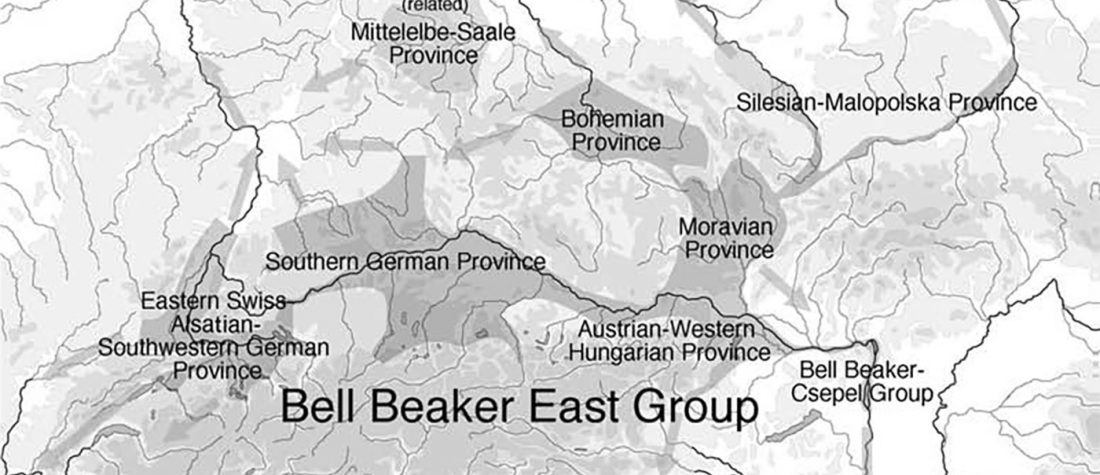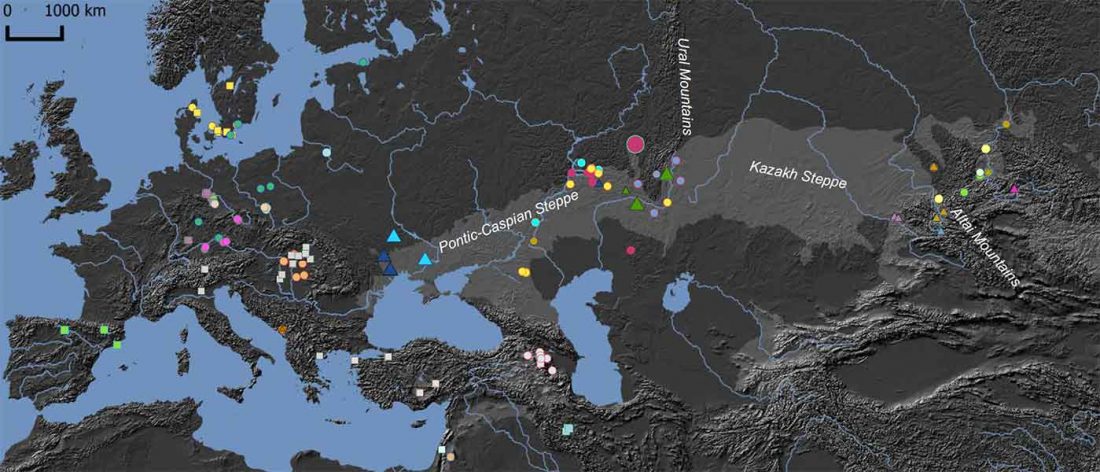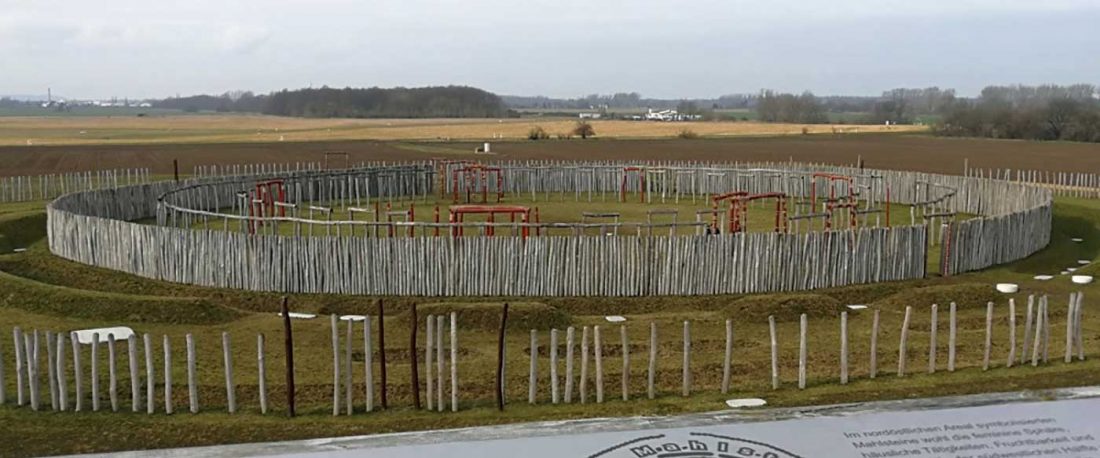Interesting report by Bernard Sécher on Anthrogenica, about the Ph.D. thesis of Samantha Brunel from Institut Jacques Monod, Paris, Paléogénomique des dynamiques des populations humaines sur le territoire Français entre 7000 et 2000 (2018).
NOTE. You can visit Bernard Sécher’s blog on genetic genealogy.
A summary from user Jool, who was there, translated into English by Sécher (slight changes to translation, and emphasis mine):
… Read the rest “A very “Yamnaya-like” East Bell Beaker from France, probably R1b-L151”They have a good hundred samples from the North, Alsace and the Mediterranean coast, from the Mesolithic to the Iron Age.
There is no major surprise compared to the rest of Europe. On the PCA








